The literature review suggested that 360 platforms and the 360-feedback based leadership development process played a critical role in the learning and development journey of a leader by creating self-awareness of the leader’s strengths and areas for development. Success stories from Comcast (Gallagher, 2012) and SunTrust (Slaughter, 2011) indicated that organizational improvements and behavioral changes can occur when all team members of an organization take the assessment with the assistance of an executive coach. The key attribute of the 360-feedback leadership development process is to support improved self-awareness for the leader regarding their strengths and weaknesses by comparing the self-assessment against each rater category such as manager, peers, direct reports, customers, and others. The interpretation of the multi-rater feedback data is typically performed by an executive coach; to be effective, the rater feedback report must be sent out in advance to the mentee prior to the report debrief. A comprehensive study on the evolution and devolution of leadership development with 360 feedback (Bracken, 2017) indicated that there have been significant changes in the 360-feedback development process over the last thirty years.
Changes include:
- The use of internet in the distribution and collection of data.
- Improvement in rater feedback.
- The presentation of feedback in reports.
- The integration of feedback data with human resource systems.
The author also mentioned that some things have not changed; specifically, the accountability of the mentee to create and execute personal development plans and the availability of a coach for report readout and to assist with accountability.



